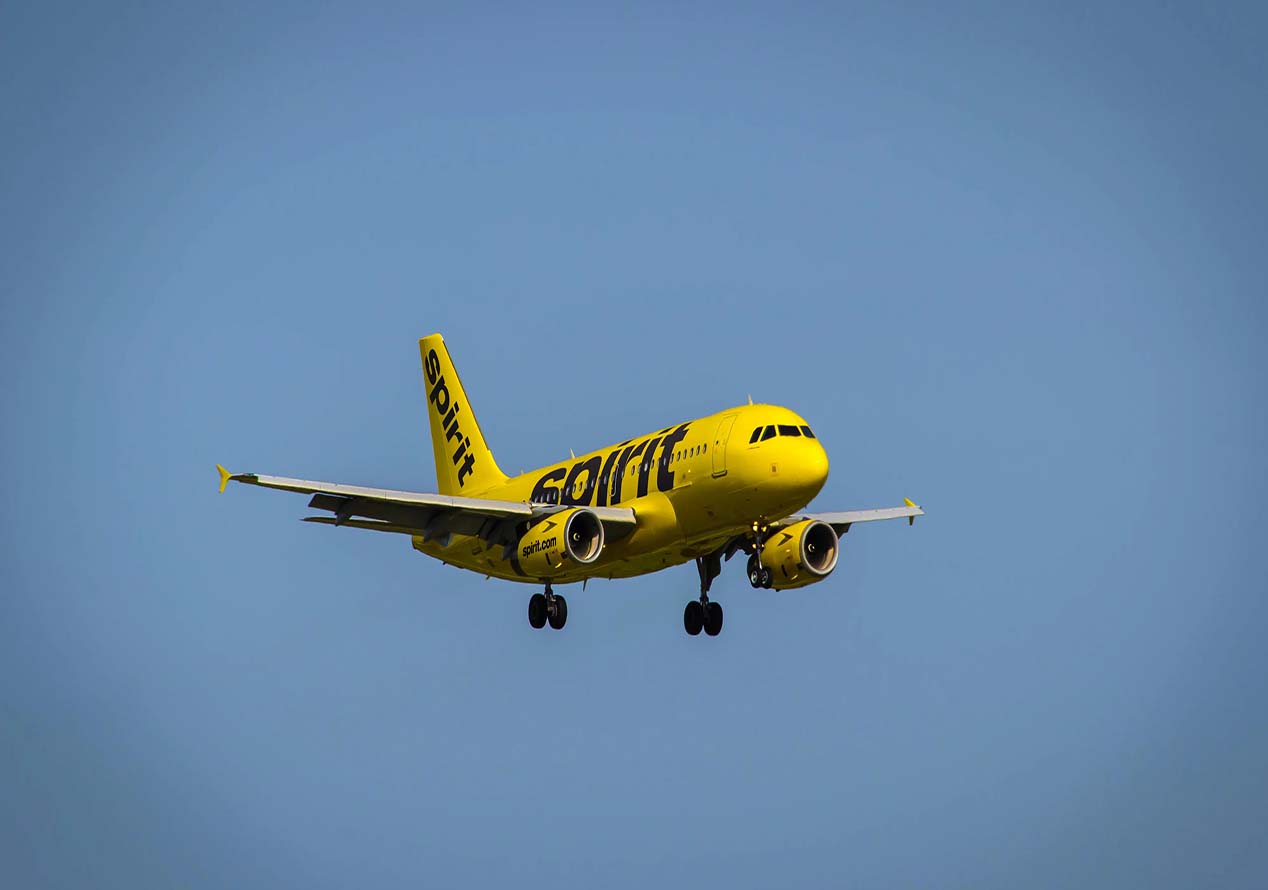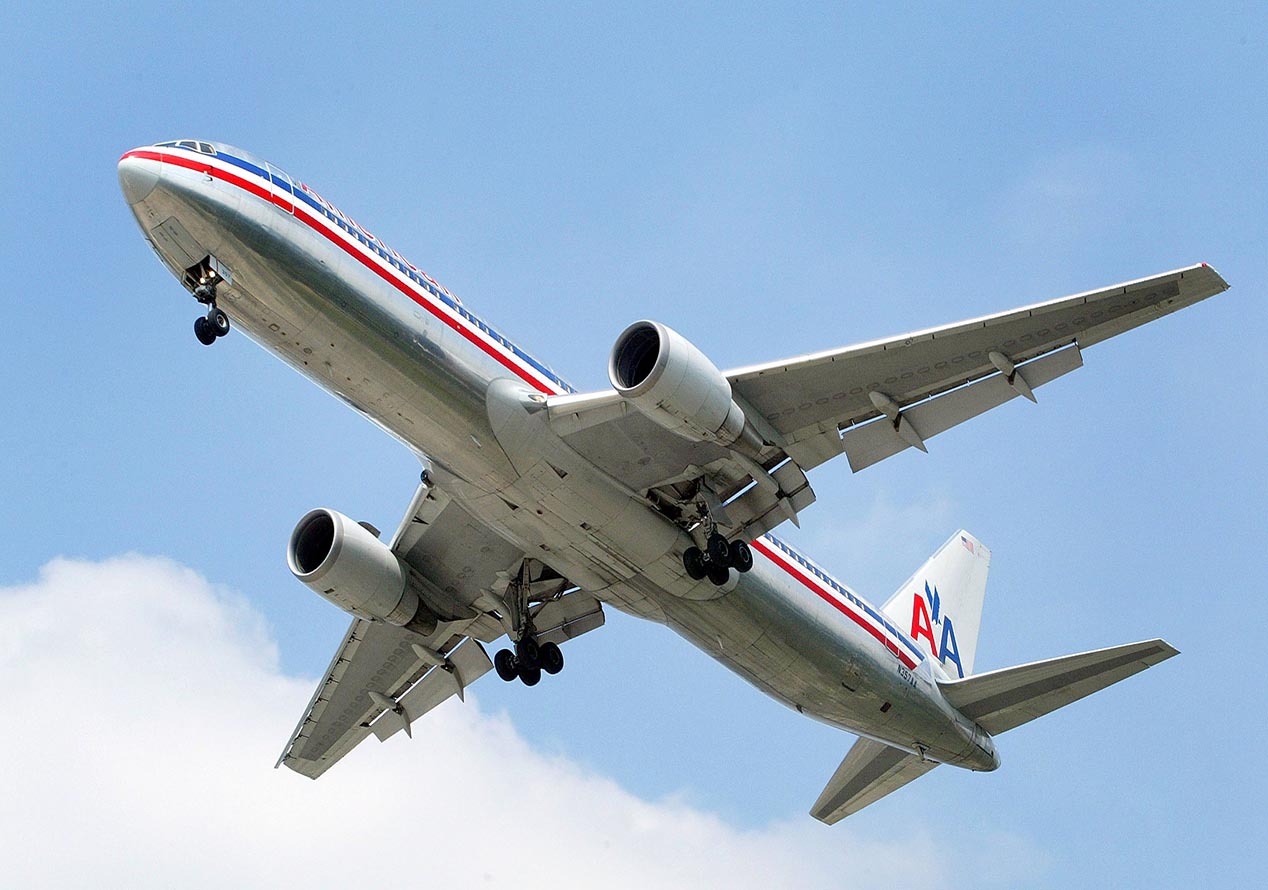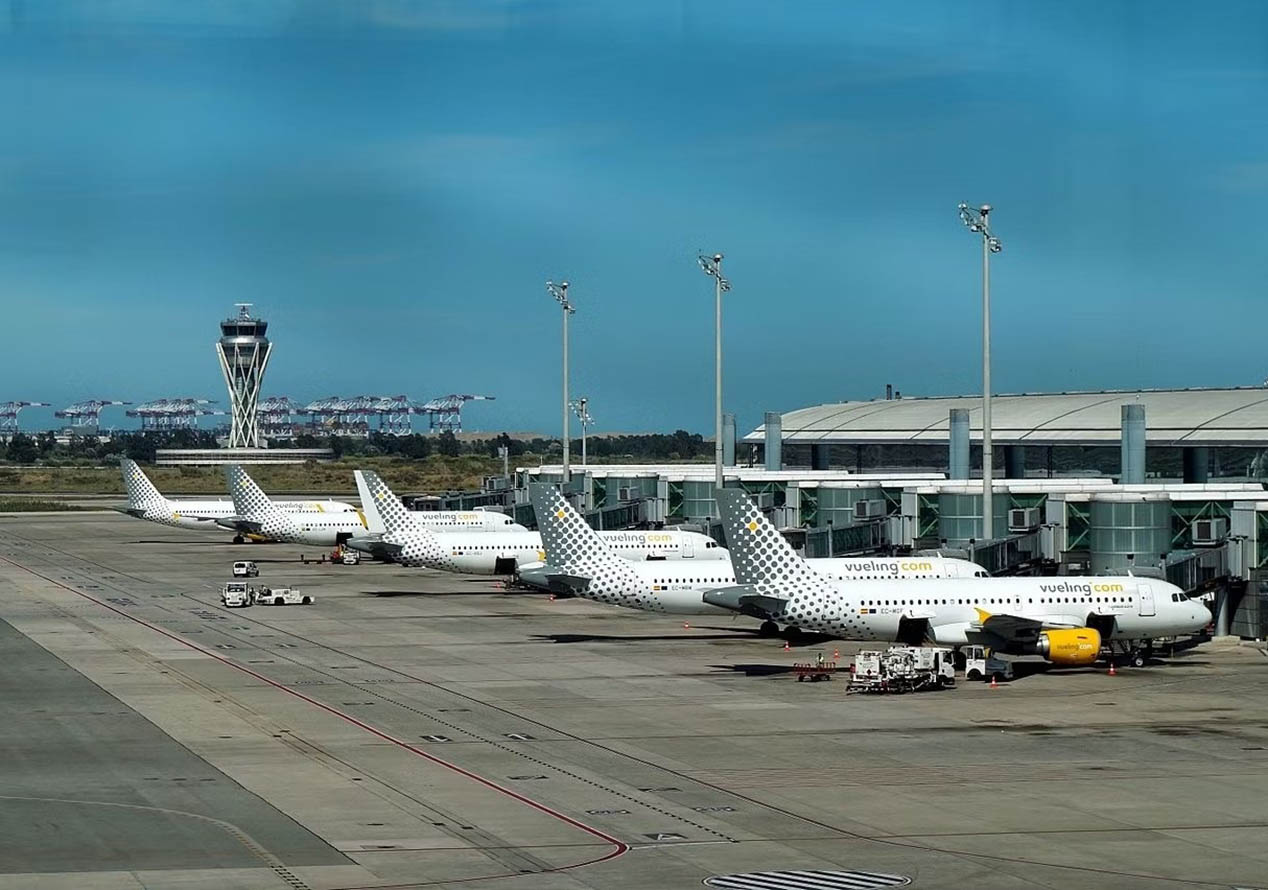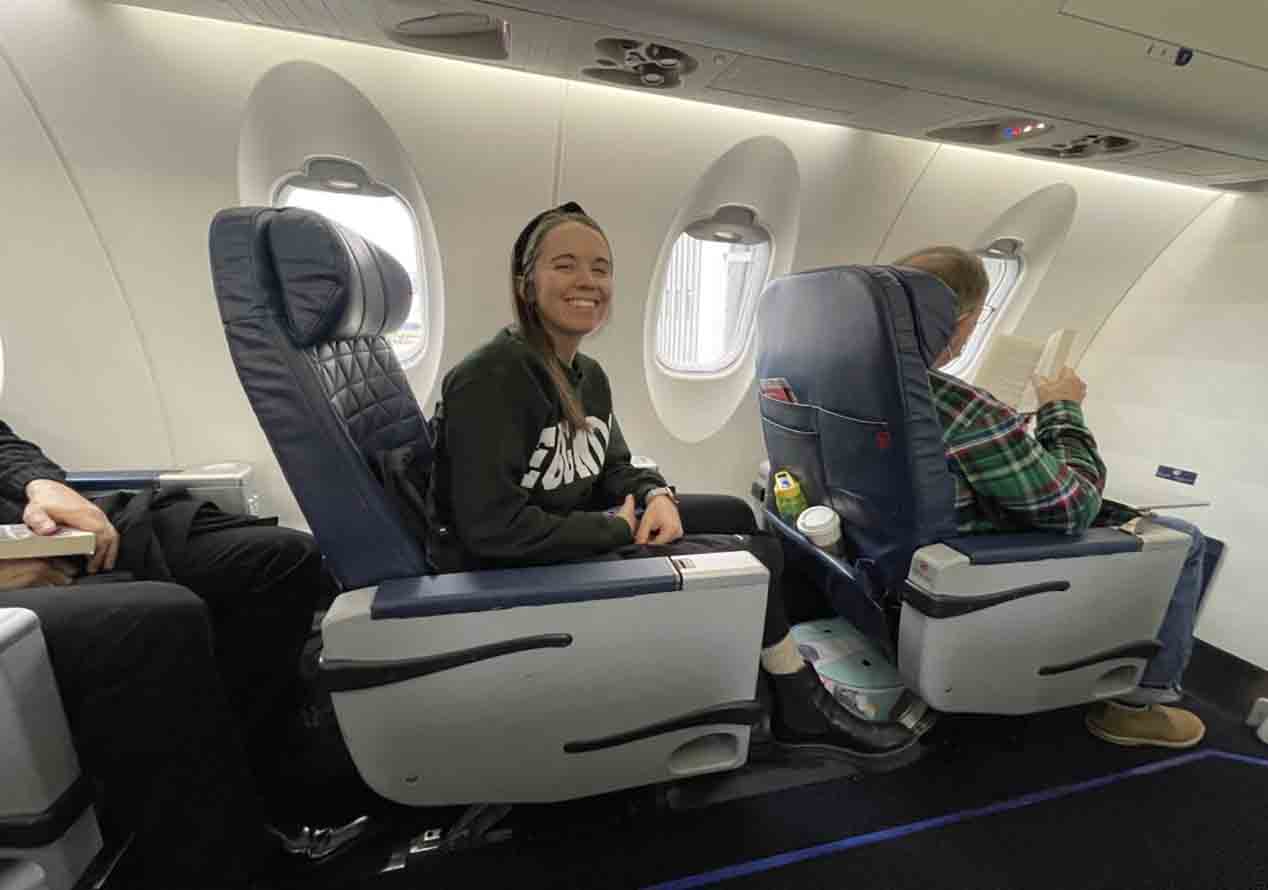Planning a trip to Houston, one of the most vibrant and diverse cities in the United States, can be an exciting experience. The thought of exploring the city’s bustling cultural scene, indulging in its culinary delights, or simply soaking in the Southern hospitality is enough to make anyone eager to start their journey. However, as thrilling as the prospect of travel is, one of the most crucial steps in planning is finding the best flight deals to get there.
Over the years, I’ve learned that booking flights can often be the most stressful part of travel planning, especially when trying to find the most budget-friendly options. But through trial and error, I’ve developed strategies that help me consistently find the cheapest flights, allowing me to spend more on experiences once I arrive. Here’s how I went about finding the most affordable flights to Houston and the tips and tricks I picked up along the way.
1. Start Your Search Early
The first step in securing a cheap flight to Houston is to start your search early. Airlines often release their tickets up to a year in advance, and prices tend to be lower when flights are first released. By keeping an eye on fares as soon as you know your travel dates, you can take advantage of early-bird discounts.
For my trip, I started checking flight prices about six months in advance. I found that prices fluctuated quite a bit, with some days offering better deals than others. This is where patience and consistency come into play. I made it a habit to check flight prices at least once a week, noting any trends or significant changes. This way, I was able to identify the patterns in pricing, which helped me decide the best time to book.
2. Be Flexible with Your Travel Dates
Flexibility can be your best friend when searching for cheap flights. I discovered that even a slight change in travel dates can lead to significant savings. For example, flying mid-week, especially on Tuesdays or Wednesdays, often resulted in lower fares compared to weekends.
For this trip to Houston, I initially planned to fly out on a Friday but noticed that by shifting my departure to the following Wednesday, I could save over $100 on my round-trip ticket. While this meant adjusting my itinerary slightly, the savings were well worth it.
To maximize flexibility, I used tools like Google Flights, which allows you to compare prices across different dates. This feature is particularly useful when your travel dates aren’t set in stone. By simply dragging the calendar, you can instantly see how prices fluctuate depending on the day of the week or time of year.

3. Consider Nearby Airports
Houston is served by two major airports: George Bush Intercontinental Airport (IAH) and William P. Hobby Airport (HOU). Depending on where you’re flying from, one airport might offer cheaper flights than the other. For my trip, I checked flights to both airports and found that flying into Hobby was slightly cheaper, even when considering the cost of transportation from the airport to my hotel.
When booking flights, it’s worth checking prices for all airports within a reasonable distance from your destination. Sometimes, flying into a smaller or less popular airport can result in significant savings. Of course, it’s essential to factor in the cost and convenience of ground transportation from the airport to your final destination, but in many cases, the overall savings make it worthwhile.
4. Set Fare Alerts
One of the most valuable tools in my flight booking arsenal is fare alerts. Many travel websites and apps allow you to set alerts for specific routes, notifying you when prices drop. For this trip, I set up fare alerts on several platforms, including Google Flights and Skyscanner.
Fare alerts were a game-changer for me. Rather than manually checking prices every day, I received notifications directly to my phone or email whenever there was a significant price drop. This allowed me to act quickly and snag the best deals as soon as they became available.
5. Use Incognito Mode
One tip that I’ve found to be particularly effective is using incognito mode or private browsing when searching for flights. Airlines and travel booking websites often track your search history using cookies, and if they see that you’re repeatedly searching for the same flight, they might increase the price.
When I was looking for my flight to Houston, I noticed that prices seemed to go up the more I searched for the same route. To avoid this, I switched to incognito mode, which prevented websites from tracking my searches. Sure enough, when I searched for the same flight again, the prices were lower.
It might seem like a small thing, but every little bit helps when you’re trying to find the cheapest fare.
6. Take Advantage of Budget Airlines
Houston is a major travel hub, which means there are plenty of flight options to choose from, including budget airlines. While these carriers might not offer all the frills of larger airlines, they can provide significant savings if you’re willing to forego some amenities.
For my trip, I considered flying with budget carriers like Spirit Airlines and Frontier Airlines. Both offer flights to Houston at very competitive prices. However, it’s important to read the fine print when booking with these airlines. They often charge extra for things like checked baggage, seat selection, and even carry-on luggage.
I did a bit of math and figured out that even with the additional fees, flying with Spirit was still cheaper than other options. I opted to pack light, taking only a personal item that fit under the seat to avoid any extra baggage fees. If you’re okay with a no-frills experience and can pack efficiently, budget airlines can be a great way to save money on flights to Houston.
7. Use Points and Miles
One of the best ways to save on flights is to use frequent flyer miles or credit card points. Over the years, I’ve accumulated a decent amount of points through various travel rewards programs and credit cards. For this trip to Houston, I redeemed some of my points to cover a portion of the airfare, significantly reducing the out-of-pocket cost.
If you’re a frequent traveler, it’s worth signing up for airline loyalty programs and considering a travel rewards credit card. Many of these cards offer sign-up bonuses that can be used towards flights, as well as points on everyday purchases that add up over time.
For those who don’t fly often enough to rack up points, consider transferring points from other rewards programs or even purchasing them if the cost is lower than the fare. This can be especially useful if you’re just shy of the points needed for a free or discounted flight.
8. Check for Discounts and Deals
Throughout my search, I kept an eye out for any special promotions or discounts. Airlines often run sales that can lead to substantial savings, especially if you’re flexible with your travel dates.
For instance, during my search, I came across a flash sale on Southwest Airlines’ website, offering significant discounts on flights to Houston. While these sales are often time-sensitive, they can offer incredible deals if you’re ready to book on the spot.
In addition to airline-specific deals, I also checked third-party booking sites like Kayak, Momondo, and Expedia. These platforms aggregate prices from multiple airlines, making it easier to compare and find the best deal. Sometimes, they also offer exclusive discounts or promo codes that can be applied at checkout.
9. Consider Alternative Routes
Sometimes, booking a direct flight isn’t the cheapest option. For this trip, I explored the possibility of flying to a nearby city and then taking a connecting flight or even driving the rest of the way to Houston. While this can add some time to your journey, it can also lead to significant savings.
For example, I found that flights to Dallas were significantly cheaper than flights directly to Houston. By booking a flight to Dallas and then taking a budget flight or renting a car to drive to Houston, I could have saved even more. While this option wasn’t the most convenient for my schedule, it’s worth considering if you’re looking to save as much as possible.
10. Book at the Right Time
Timing is everything when it comes to booking flights. Through my research, I found that the best time to book domestic flights in the U.S. is typically between one and three months before departure. For international flights, booking even earlier—up to six months in advance—can help you secure the best fares.
For this trip, I ended up booking my flight about eight weeks before my departure date. This timeframe seemed to hit the sweet spot for the best prices, as I noticed that prices started to rise as my travel date got closer.
I also avoided booking too early, as airlines sometimes drop prices to fill seats if demand isn’t as high as expected. On the flip side, waiting until the last minute can lead to higher prices, especially if the flight is nearing capacity.
11. Book Directly with the Airline
While third-party booking sites are excellent for comparing prices, I often find that it’s best to book directly through the airline’s website once I’ve found the best deal. Not only do airlines sometimes offer exclusive discounts for direct bookings, but it also gives you more flexibility if you need to make changes to your reservation.
For my Houston flight, after finding the best price on Google Flights, I went to the airline’s website to book directly. This approach gave me peace of mind knowing that I’d be able to manage my booking more easily if anything came up.

12. Consider Layovers
While most people prefer direct flights, opting for a flight with a layover can sometimes lead to significant savings. During my search, I found that flights with one stop were often much cheaper than non-stop options.
For my Houston trip, I initially considered a direct flight but found that adding a short layover could save me around $75. While it added a bit of travel time, the savings made it worth it, especially since the layover was only an hour and a half.
When considering layovers, it’s essential to ensure you have enough time between flights, especially if you’re connecting in a large or busy airport. However, if you’re not in a rush and want to save some money, layovers can be a great option.
Finding the cheapest flight to Houston—or anywhere, for that matter—requires a mix of patience, strategy, and flexibility. By starting your search early, setting fare alerts, and staying open to different travel dates and routes, you can significantly reduce your travel costs. Additionally, using tools like Google Flights, Skyscanner, and Expedia can help you compare prices and book the best deals.
My journey to finding the cheapest flight to Houston taught me the importance of being resourceful and diligent. While it took some time and effort, the reward was well worth it—allowing me to allocate more of my budget to exploring the vibrant city of Houston once I arrived.
Whether you’re planning a weekend getaway or a more extended stay, these tips should help you find the most affordable flights, making your trip to Houston both memorable and budget-friendly. Safe travels!



